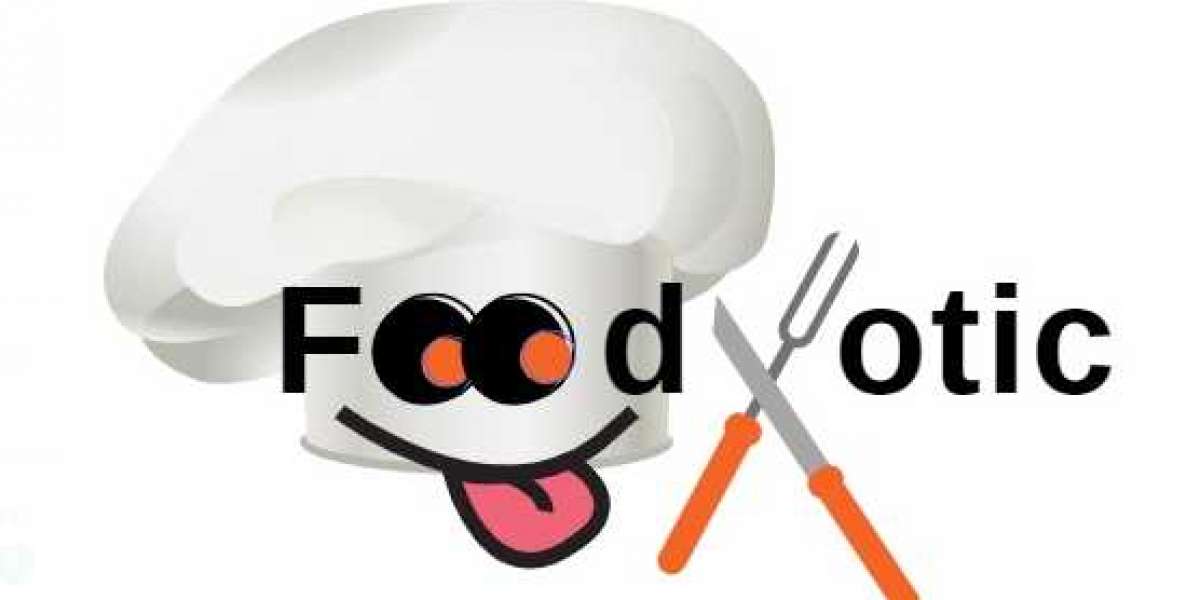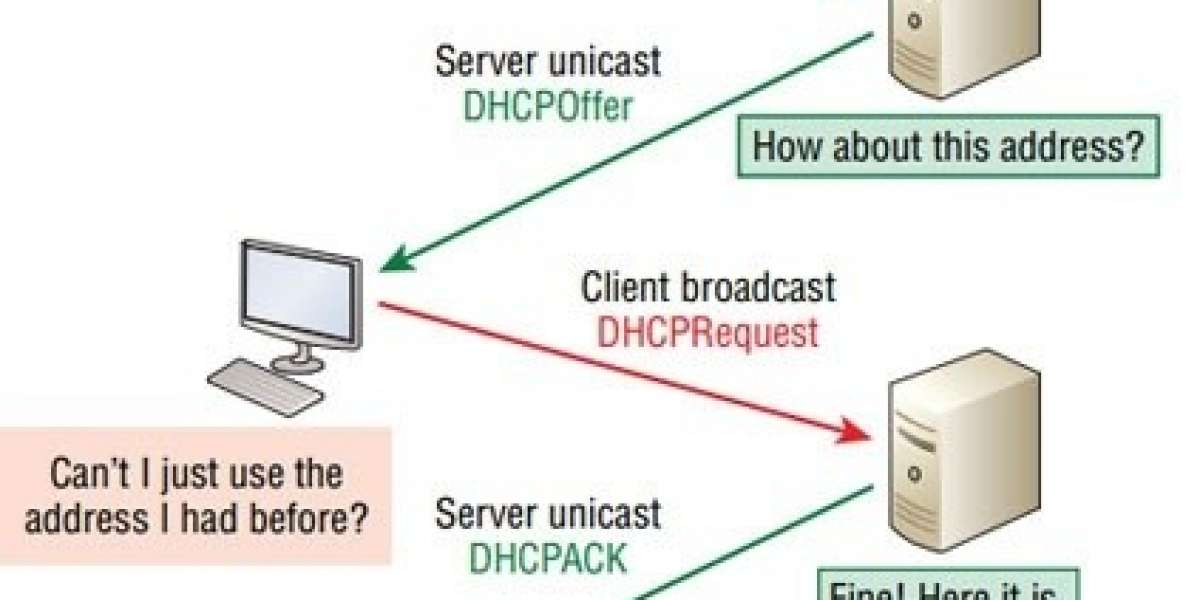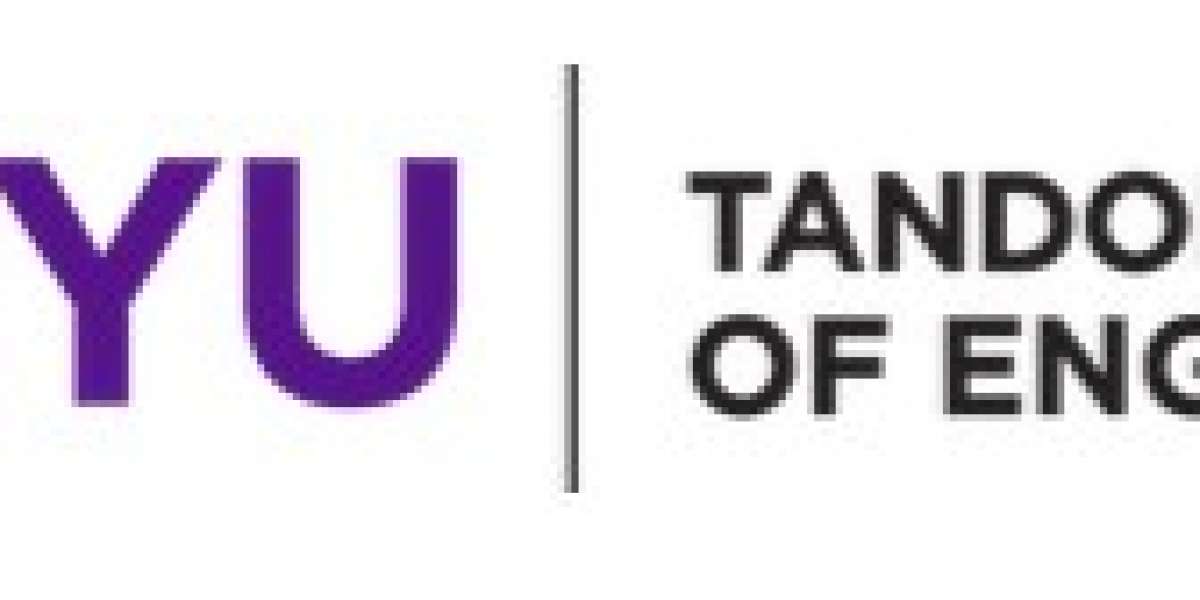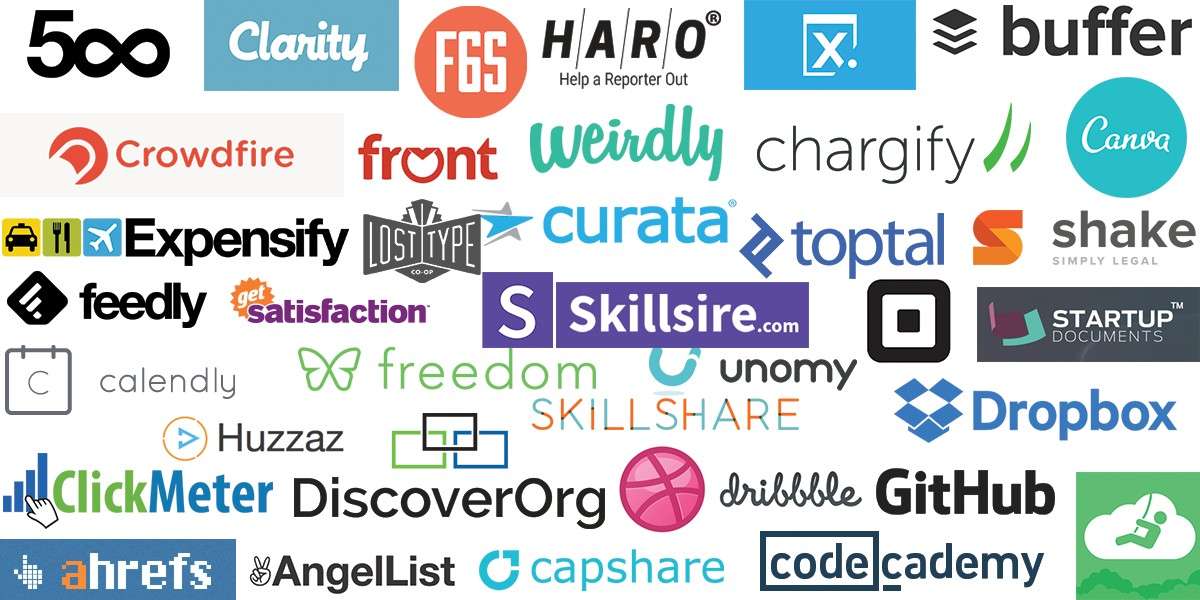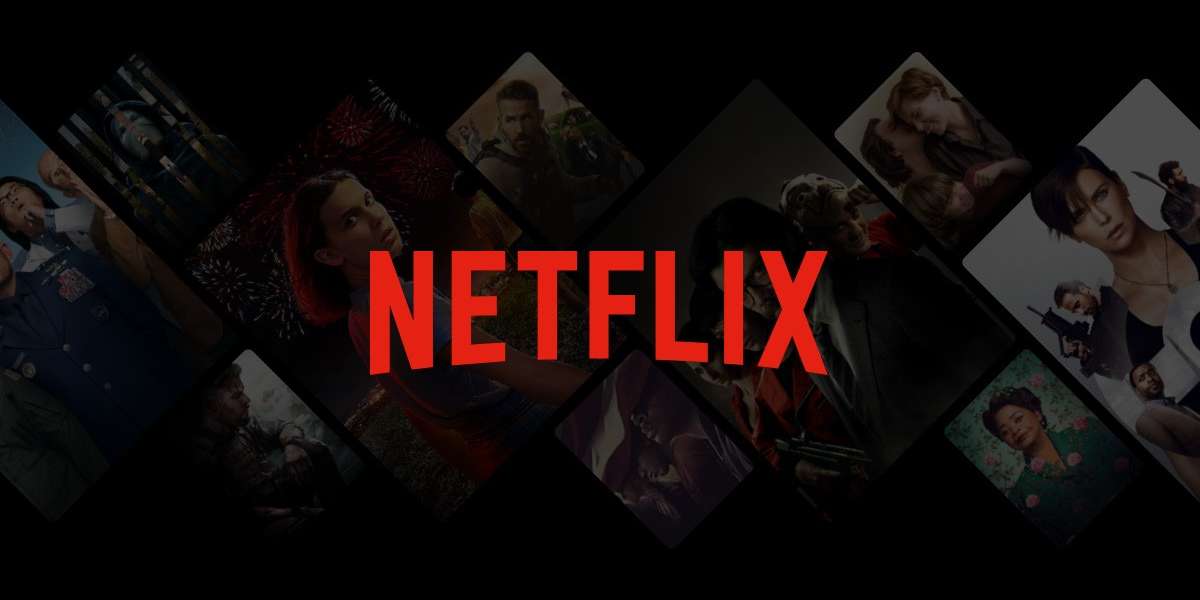FoodXotic
Executive Summary
We are not always able to try foods from foreign countries around the world. Whether it is because these foods are geographically unattainable or traveling is not a reasonable option, we are often denied the opportunity to try new things. Many times it is also hard for individuals wanting to cook unique foods to find an audience. We at FoodXotic offer a new experience to individuals looking for a food adventure or craving authentic foods. Our team will provide a platform for customers inspiring to one day become professional chefs to connect to consumers. They get to decide what they want to cook when they want to cook while building their customer base. Customers looking at authentic foods not readily available in their area will be able to connect with chefs and order their food through our app, also.
Over my journey, I have created and tested hypotheses according to each segment of the business model canvas. Many of our initial theories were disproved by customer interviews from our chefs and consumers. Along the way, we have encountered different stumbling blocks such as FDA regulations and overall logistics. Because of the combination of all these different pieces, we have had to pivot many times to refine our product to the market. With the guidance of our mentor, John Adams, we have developed and changed various important segments of our business model canvas. Because of the overall experience of creating our startup, we have learned new techniques and ways to approach problems. We will continue applying what we have learned to create a better product to fit the need and demands of our market.
Value: TAM SAM TM
There is no business or industry that exactly matches the idea of our startup. According to our mentor, Mr John Adams, since ours is a novel market, we can conduct market sizing by looking at similar industries. From our analysis, we saw that our idea had a lot in common with the food truck industry. It works on the basic principle of people wanting a diversified variety of food options.
This is the second iteration of the market size analysis for our startup. Although the Total Available Market (TAM) and Serviceable Obtainable Market (SAM) segments remain the same from the first iteration, we have decided to get more specific with our Target Customer or Serviceable Obtainable Market (SOM). In our first iteration, our Target Customer estimate was based on food truck users in the whole state of Texas. But during our initial launch, we would like to focus on one major city first before expanding in the state and then going national. Out of all the major cities in Texas, Austin has the highest growing number of food trucks and food truck customers. This means that enthusiastic foodies, who are the customer segment we are targeting, would be present mostly in Austin.
The breakdown of the numbers in the diagram above. The overall food truck industry is estimated to be about $1 billion in the United States with a growth percentage of 0.5% each year ahead. Out of this market, the state of Texas accounts for 7.9% of the market, which is $79 million. Within Texas, Austin has the highest growth rate for food trucks and accounts for about 40% of the whole Texas food truck market. So that brings our Target Market finally down to about $31.6 million.
Value Proposition
When we came up with the idea of creating a platform for chefs who could cook native authentic food and for customers who are in search of the right taste for which they crave, we missed the regulations that revolved around the food industry. We had to pivot from over initial offerings but the motive remained the same. We might not be able to address all the issues that might be of concern for home chefs and their customers, but our value orbited around a similar theme. Our current value proposition is as stated under:
“People who want to expand their cooking skills to professional or expert level would be able to find the right set of customers who crave for authentic food and trustworthy chefs”.
In this process we have addressed several pains and gains for both customer segments:
Chefs
Pains: Chefs have difficulty in accessing the customers or finding the right set of people whom their food could be served. Moreover, people seeking jobs as a chef and who do not have a degree in cooking but are nevertheless amazing chefs, never get a chance to show their professional experience.
Gains: Our platform gives them the ability to display their profile and market it in a way that they could attract prospective customers. Additionally, this provides them a chance to put forth their professional experience if it comes to seeking a job as a chef.
Customers for Chefs
Pains: It is difficult for customers to find the most authentic food along with several new varieties. They crave food cooked by a native chef especially when they are away from their home country.
Gains: Our platform provides the customers to find the most authentic recipe cooked by a professional or a native chef. They could access the profiles of the chefs and decide on the one they like the best.
Customer Segments
For our business, we have two distinct market segments – one for the chefs who would be the source for providing the food and others for the customers who would act as the recipient of the food cooked. Therefore we have two customer segments as described below:
Chefs: Our initial pitch involved targeting the chefs only who are home chefs or native chefs from different regions who wanted to put their foot into the market. But gradually after researching we realized that it was not just the home chefs but rather the people, who were professionally very active or in a rigorous search for cooking as a profession, were most inclined in adopting our platform. So our segment of chefs included both the categories of chefs:
- Who have professional experience but want to do something of their own style during their leisure time
- Who do not have any professional experience but are highly motivated individuals to want to engage themselves in a similar business or service
Customers: When we thought about our idea initially to serve international students or non-native residents who have a craving for their homemade foodstuff, we missed the native people who are sincerely the connoisseur of food and want to try different varieties. They not only seemed to be more interested in trying out the new recipes but also knowing about the chefs added to the richness of their taste. So we included the customers who:
- Want to try a different variety of food
- Want to have knowledge about their chefs
- Want to connect to the chefs and consume food as an experience
- Want to experiment with different types of dishes by different kind of people to understand the diversity of taste
Thus, both our customer segments have their needs aligned perfectly with one another. This would result in a platform that would be easier to use and connect for both – chefs and customers.
Customer Relationships
Because we have a multi-sided market, we have to devise plans to get, keep, and grow our customers according to the category they fall under. To acquire chefs we will host a competition to draw them in and create demand. At the event, we will explain and demonstrate our application and show the features. We will have them sign up on the spot to start using our product. We will also pay for an online and physical advertisement for our application. To retain our chefs we will allow them to pick and choose what they want to cook and when. By having their name by the dishes they cook, chefs get instant recognition for their work. This will let them build their customer base, name, and brand. This will give flexibility to their schedule. Because we are providing a physical location for the chefs to work in, we will be able to get instant feedback on things to improve and add as well as control and regulate FDA regulations. To grow our chef segment, we will offer more contests and have the chefs themselves help us with outreach. We will also expand into other geographic areas.
For our consumer customers, we will acquire them by website advertisements, have the app available for both iPhone and Android users, and utilize Google Ads. For our contest with our chefs, we will also invite the public to come and try the foods prepared there. At this event, we will allow customers to sign-up for the app. To create demand, we will offer competitive rates with alternative food sources. So we can retain our consumers, we will have full transparency on who is cooking the foods they eat, offer loyalty programs, promotions, and have customer surveys to better understand what they are looking for. We will have them refer to friends and post on social media about their experience with us to help with continuous growth in our consumer segment.
Ultimately, both of the segments of our markets affect each other. How we chose to acquire our chefs is also an opportunity to acquire customers. To keep and grow our chef segment will help better improve the experience of our customers. In turn, this will affect our ability to keep and grow them.
Channels
Direct:
As a central location, the customers can go to the location to pick up their orders. These orders can also be placed at the location as well for takeout. Our initial hypothesis proposed simply connecting chefs and customers through our service. During customer interviews, we found that customers didn’t generally want to pay for delivery and would rather go pick up their orders than pay any amount for delivery. However, our chefs wanted to be able to cook from home rather than go to someone’s house to cook. Our original value proposition tried to respect this inclination until it turned out there were FDA regulations relating to cooking from home.
According to what we found out: the only goods you can sell from home have to be baked or canned. Knowing that our chefs may have diverse offerings and that this would severely limit our chef segment market we chose to focus on opening a kitchen for them to cook instead to avoid this limitation. This also serves a dual purpose in making a central location for customers to get orders as it was questionable if they would go to a stranger’s home to get their food.
Indirect:
As stated before, we always planned to have an online portal for customers and chefs to connect and conduct business. Customers can place orders through a phone app or web mobile solution. This website shows the menu of the day and their prices. These choices can be added to their cart and the order is placed after checkout. We also reach customers through online channels like social media in order to advertise deals and who is cooking that day. We also rely on social media and word of mouth in order to reach new customer demographics. Through a mix of online advertising and positive reviews, we can reach potential customers. Through our customer interviews, we found that many customers wanted to be able to interact with the business online in order to keep up with events and promotions. Since we are also planning to aim at the young adult to forty-year-old range we want to be able to reach them through the widest medium that customers use.
Customers are also very concerned with ingredients and they seemed very interested in researching the chef cooking their meal. This web portal will also provide details about this information for them to see and allow there to be transparency so that they feel comfortable. This is not a service seen often so it will also help to differentiate FoodXotic from competitors.
Revenue Streams
The two markets sided segments make it complicated to define a regular revenue stream. Since we provided a platform and not a tangible product, we faced challenges in deciding what kind of revenue stream could be widely adopted. So despite having several options, we decided to adopt the one that suits the needs of our customers and chefs.
We had the following options that would help us to generate revenue:
Monthly subscription by chefs: If chefs would sign up for a monthly subscription basis, we would provide them with premium services that branding and enhance their profile. But after conducting the customer interviews with chefs, we realized that they were reluctant to take up this offer, especially because our platform has no market visibility or brand value build yet. So they could try but not trust our company yet sign up for a subscription model.
Profit margin from every sale of the product: The chefs were highly satisfied with sharing their profit share by the amount of food they sold. So for every food that was sold through our website, they were ready to share a set profit share that could be finalized at the time they signed up for us. So in the initial phase, we decide to take up 5% of their profit which could eventually be increased depending on the value of the business in the future.
Money from the advertisement: We decided to post advertisements on our website that could be related to any supporting services like delivery and transportation. We would charge for every advertisement displayed on the website whose amount would be changed depending on the number of customers who visit our website in the future.
Currently, we do not plan to charge anything from the customers who want to buy the food because we want to have more people visiting our website which could later benefit in gaining more advertisements from other businesses.
Key Partners
Initially from the data we had gathered in the customer discovery phase, we had hypothesized that we would manage the end to end process of getting the food from the chefs to the customers but faced various hurdles along the way. Because our solution encompassed three businesses in total including gathering the ingredients and providing them to the chefs, connecting the chefs to a customer who was interested in the food, and delivering the food to the customers. From the data we gathered from the chefs, we realized that getting the ingredients was not much of a problem for most chefs but it needed time that some of them were not willing to spend because of a busy schedule. So, we had thought of partnering up with a direct supplier who would get us the ingredients that we could give the customers. But later, from the insights, we found out that the professionally inclined chefs were more willing to use our service and they were the ones who did not mind getting their own ingredients. So, as of now we are not thinking of a direct supplier as a key partner but might team up with one of the need arises.
For delivery, we needed to partner up with a food delivery service like GrubHub or a transportation service like Uber in a strategic alliance so that we can reach our consumers and get the food delivered to them. However, after careful consideration and talking to our mentor about the regulations, we found out that we needed a separate kitchen because if the chefs cooked in their own homes, we could only sell baked and canned goods as per the FDA regulations and that would limit the value that we desire to give. So, we decided to have a central kitchen where the chefs could come in and cook. We eliminated delivery from our business model and thus, we decided that the organization through which we would rent our kitchen and eating space would be one of our key partners. Our marketing strategy also involves partnering up with different organizations so that we can market our product to our customers as well as reach out to various chefs who would be willing to use our platform. For this, we have kept cooking schools and organizations organizing various cooking shows where we could reach out to the chefs as well as people interested in getting exotic food. We also would like to partner with clubhouses and apartment complexes where most of our customers desire the exotic food that we have so that we can market our product to our targeted customer, i.e. people in the range of 27-35. These apartment complexes would include people from similar ethnicities, age groups, and interests in trying out various new things. Also, to get to our customers faster, we could initiate cooperative partnerships with existing restaurants so that we can have one of their chefs cook at our place and target their existing customers.
Key Activities
The journey began with lots of key activities in place for us. We decided on specific activities to serve the needs of the two customer segments. We decided to provide delivery services to the chefs, increase their brand value, document their recipes, and provide them transportation apart from the core activity of providing them the customers for their food. But discovering the various regulations we had to limit our activities to below:
Activities for the chefs:
- Updating their profiles on a timely basis after a required review
- Providing them with a kitchen where they could come over to cook
- Making the ingredients they need available in the kitchen
- Helping them improve their brand value by marketing them on our website
Similarly, when we considered our customers, we thought of providing them with a delivery service to get food easily and providing them with authentic chefs along with the availability of a wide variety of food that could be ordered by few simple clicks. But after interviewing the customers we realized that their actual need differed a bit from what we thought. So we restricted our activities as below:
Activities for the customers:
- Provide them with a variety of food
- Provide them a floating menu for the same
- Provide then information about the chef that would help them to make a decision regarding the choice of the chef for that particular food
- Provide them an online service where food could be ordered
- Provide them a facility to order in bulk for their events if needed
- Make the payment online or pay in cash once they receive their food
These activities would serve to meet the required needs of both the segments and would add value in terms of user experience.
Key Resources
When planning about our key resources we realized that to build this business we need to have a dedicated person for maintaining our website, a person for handling the transportation, and a finance expert. But revisiting the customer interviews and various regulations in the United States, we decided to filter our resources. Our prime resources would involve the following:
IT team /Application developer: We need to develop our application that is the focus of our product. Along with being visually appealing it also needs to fulfill security requirements. Additionally, there needs to be an IT team that could maintain the website on a timely basis and resolve any issues related to information display or new information entry.
The domain name for the application: We need to buy a domain name for the application. Simple it seems but could create a wide impact in terms of search results or when customers are trying to locate our website. So an appropriate name if available needs to be bought or an alternative option to be searched in case of unavailability of the same.
Kitchen Area that is perfectly regulated: We need to set up a kitchen area that is continuously monitored. This is needed to meet the regulation regarding food in the United States. This kitchen area might be permanent or on a rental basis and could be changed depending on the cost evaluations for the business and our investment limits.
Server: We need to maintain a server that needs to be monitored and analyzed on a timely basis. This is needed because we would be dealing with payments done by the customer that needs to be kept safe and secure. To store the data the order data to analyze the demand and also the profiles of the chefs that need to be displayed, verified, and changed.
Marketing and Finance Person: We need someone to be completely dedicated to managing the marketing strategies to spread the word about our website. We also need a person to manage the finance related to the business that could help us make a decision about the level of further investments that could be made and profit and loss by analyzing the cost-revenue ratio.
Cost Structure
Project | Cost Range | Comments |
One-time App Development (1) | $50,000 to $100,000 | This is to hire a small team of 2-3 developers |
App Management Cost | $50,000 per year | Full-time IT professional to manage and oversee the maintenance of the App |
Marketing Cost (2) | $1,000 to $20,000 per month | Depending on promotions and events, the company may spend more or less in order to conduct marketing campaigns online. Most customers use social media of some kind, so it depends on the budget that is set at any given time. |
Rental Space (4) | $17.34 per square foot (Houston average) | In order to allow the chefs to work freely, we must rent space in order for them to cook. This test kitchen will also be the central point for customers to pick up their orders. |
Kitchen Equipment and Building costs (3) | $115,655 (kitchen and bar) $40,000 (furniture) $6,000 (insurance) $5,000 (renovations) | In order to fully stock the kitchen, we will need to stock the building with equipment and potentially with seating areas. |
Licenses(3) | Up to $1,000 (food service) $12,000 (alcohol) $100 to $500 (food handler permit) $50 (sign permit) | Miscellaneous fees that we may encounter while operating or starting up the business |
Product Market Fit?
Our initial hypothesis of a problem was the unavailability of certain types of foods in the market for an international student. So, we initially hypothesized our solution as bridging the gap between demand and supply by being the middleman and connecting the people who could cook/get the specialty foods to the customers who wanted the specialty foods. Thus, we hypothesized our customers as international students who wanted native/specialty foods. From our interviews, we found out that our hypothesis for our customer segment of international students wanting specialty foods was inaccurate because they would prefer to eat something exotic because they were already cooking those kinds of native dishes at home and were interested to try something new. From our research, we found out that only a section of the people (young adults) was inclined to try out new foods but this was not limited to just the international students. Our interviews generally consisted of college students who were interested in trying out new exotic foods but were not keen on paying too much for the food (Willing to pay around $10 - $14). Because our chefs said that the food would cost more (around $20-$30), it would be very hard to break even because of which our final hypothesis after our two rounds of interviews is that we will focus on young adults who are just out of college or have a relatively stable financial status but are still interested in trying out new foods. On the chef side, after our initial hypothesis of home bakers, we found out that professionally inclined chefs were more interested in using our platform and we narrowed down our chefs to be the same who would cook at their homes to build their brand.
The value proposition that we provide to the chefs would be giving them a platform to connect to their customers and build their brand. But after discussing with our mentor and researching the FDA regulations, we found out that we could only sell baked and canned goods from people’s homes because of which we could not have the chefs cook at their own homes. Also, managing food safety regulations would be very tricky. So, we decided to use a central kitchen as the place where professionally inclined chefs could come in to cook and sell their products. This is the final untested hypothesis that we came up with. Our MVP which consisted of a web application did receive acclaim from 85% of our customers and 75% of our chefs because of which we still do think that the problem that we figured does exist. However, we will need to validate our customer segment further and refine our MVP as well as our business model to pivot to a central kitchen with an eating place where our chefs could directly engage the customers. So, as of now because of a disconnect in our customer segments, our value proposition, the barriers of the safety regulations as well as the uncertainty with respect to our actual business model as well as the product, we conclude that we do not have a product/market fit as of now. We need further validation of our untested hypothesis and refine our product as well as the business model to find that product/market fit but again, we do not have an absolute product/market fit.
Bibliography
How Much Does it Cost to Outsource Social Media Marketing? (2019, January 30). Retrieved from https://www.contentfac.com/how-much-does-social-media-marketing-cost/
Kumar, Tanvi. (2019, March). Food Trucks in the US. IBISWorld Industry Report OD4322. Retrieved from IBISWorld database.
Martin, F. (2018, November 27). Houston Retail Rent Prices Rose By More Than 20 Percent Over Last Six Years. Retrieved from https://www.houstonpublicmedia.org/articles/news/2018/11/27/313178/houston-retail-rent-prices-rose-by-more-than-20-percent-over-last-six-years/
Neagu, A. (2018, September 07). Figuring the costs of mobile app development. Retrieved from https://www.formotus.com/blog/figuring-the-costs-of-custom-mobile-business-app-development
Theis, M. (2017, May 05). Another No. 1 for Austin: The city where food trucks pop up the fastest.Retrieved from https://www.bizjournals.com/austin/news/2017/05/05/another-no-1-for-austin-the-city-where-food-trucks.html
Walters, N. (2019, January 03). Restaurant Startup Costs: A Breakdown for New Restaurateurs. Retrieved from https://www.shopkeep.com/blog/restaurant-startup-costs-breakdown
Appendix
Customer Scorecard
Number | Gender | Excited | Urgent Need | Impact | Likelihood of Interest | Total | Most they would pay |
1 | M | 2 | 1 | 2 | 3 | 8 | 25 |
2 | F | 3 | 2 | 3 | 3 | 11 | 30 |
3 | F | 4 | 3 | 3 | 4 | 14 | depends |
4 | F | 3 | 2 | 2 | 3 | 10 | 15 |
5 | F | 4 | 2 | 3 | 3 | 12 | 15 |
6 | M | 2 | 1 | 2 | 2 | 7 | 20 |
7 | M | 3 | 1 | 2 | 2 | 8 | 35 |
8 | F | 2 | 1 | 2 | 3 | 8 | 18 |
9 | F | 4 | 2 | 2 | 5 | 13 | 15 |
10 | M | 4 | 2 | 3 | 4 | 13 | 10 |
11 | M | 4 | 1 | 2 | 4 | 11 | 10 |
12 | F | 2 | 2 | 2 | 2 | 8 | 15 |
13 | F | 4 | 2 | 3 | 3 | 12 | 12 |
14 | M | 4 | 2 | 3 | 3 | 12 | 10 |
15 | M | 4 | 3 | 2 | 4 | 13 | 15 |
16 | F | 3 | 2 | 2 | 2 | 9 | 12 |
17 | M | 2 | 2 | 2 | 2 | 8 | 12 |
18 | M | 4 | 1 | 3 | 5 | 13 | 35 |
19 | M | 3 | 2 | 2 | 3 | 10 | 10 |
20 | M | 4 | 2 | 1 | 2 | 9 | 15 |
21 | M | 5 | 1 | 3 | 4 | 13 | more than McDonalds less than Red Lobster |
AVERAGES: | 3.333333333 | 1.761904762 | 2.333333333 | 3.142857143 | 10.57142857 |
Chef Scorecard
Home Chef | Liked MVP | Wanted more features | Likelihood of use | Total |
CHC | 4 | 5 | 3 | 12 |
CPA | 3 | 5 | 3 | 11 |
PC | 3 | 4 | 5 | 12 |
PC | 4 | 5 | 5 | 14 |
CPA |
